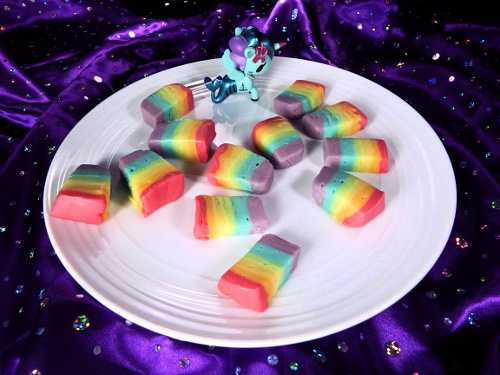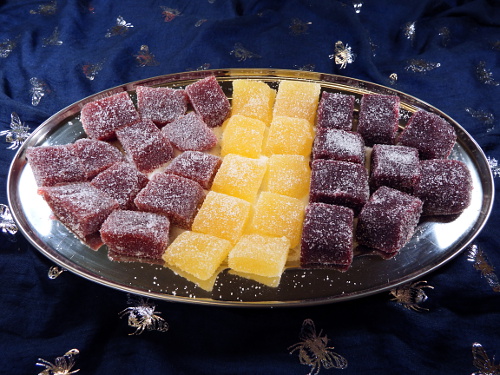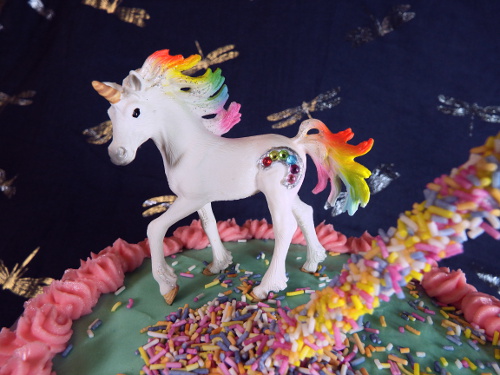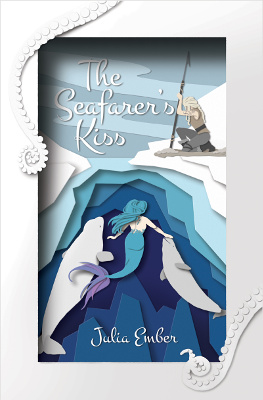 First Published: 4nd May, 2017
First Published: 4nd May, 2017
Genre: Young Adult Fantasy / Novel
Available: Amazon.com | Amazon UK | Smashwords
Ersel dreams of life beyond the constrictive rules of her merfolk clan. Then she finds a human stranded on the ice.
This is a retelling of The Little Mermaid following the sea witch. It’s set in colder waters with a Norse mythology feel. It follows Ersel’s developing relationship with Ragna, the young woman she finds on the ice, and the deals Ersel makes with Loki to attempt to get what she wants.
One thing that bothers me in mermaid stories is when they’re written as though they take place on land. One moment someone is swimming, and the next they’re doing something that wouldn’t work underwater. This is one of those stories. The great hall is set out like a cafeteria with tables, benches and people carrying food on trays. A bowl is thrown at someone with force. People sit and lie down the way they would on land. I did consider the option of there being some air spaces, but the only one mentioned is in the great hall, and would be above the action. A spoofy story might get away with this, but it doesn’t work when there’s an attempt at realism.
A lot of animal references are thrown in to make it sound more underwatery. This came across as superficial, rather than the way someone who lived in the water would speak. They were mainly restricted to commonly known species, rather than showing a knowledge that goes beyond what the average land person would know. Some of them also didn’t really fit the setting. For example, the simile “as fast as a zebra fish”. Zebra fish usually refers to zebra danios, which are indeed known for fast speed and darting movements. Zebra danios are tropical freshwater fish. The most likely saltwater fish are lionfish, known for their fancy fins and being venomous. These are also tropical fish. Neither really fits well into an arctic setting, and the fast-moving one is a fish merfolk wouldn’t have seen.
Merfolk culture is a restrictive patriarchy with binary gender roles. Young mermaids are rated on their fertility and considered broken if they’re infertile. The mermaids lay eggs, but the social and biological implications of that aren’t really considered. This is another time when things felt more like they took place on land, as the eggs are incubated more like bird eggs, rather than fish eggs. One of the big issues underwater is eggs rotting, so there are different considerations for fish nests.
Ersel is bisexual, which is one thing that isn’t seen as a problem in merfolk society. I wouldn’t say the relationships shown are particularly healthy. Havamal is controlling, which is addressed. Ragna and Ersel end up attacking each other. The abusive dynamic of this isn’t really addressed. It also felt like Ragna and Ersel’s relationship was mainly physical. They don’t really talk that much nor have time to form an emotional bond. It’s more about how hot it is to kiss and have sex.
Loki is genderfluid. This fits how they’re shown in mythology, but the way this is handled is not good. Loki is not the average trickster type, who can help and hinder, and is rather morally grey. Loki is evil all the way down. They’re known as the god of lies to the merfolk and everything they do is intended to be as cruel as possible. They’re the only genderfluid character in a story filled with strict binaries, and they’re the villain attempting to harm all the binary gender folk. I also disliked the strong focus on trying to gender their body anytime they appeared. Ersel sees women as having soft curves and men as having rippling muscles, so Loki’s gender is constantly being judged by those standards. This behaviour does also suggest a person isn’t really non-binary if they don’t have a body deemed to look non-binary (or the ability to shapeshift between bodies).
The story is mixed when it comes to body positivity. Ersel is fat and that’s shown as a good thing as it keeps her warm. Fat shaming isn’t a thing in merfolk society. But when she’s a human, she suddenly has slender legs. What goes for a mermaid’s body doesn’t seem to apply for a human. There’s acceptance both of Ersel’s body changes during the story, and a character who has an amputation, but the king is said to be getting ugly on the outside to match his cruel inside. So the narrative doesn’t get away from shaming bodies when someone isn’t liked.
There are a number of mute characters, though most aren’t really explored in depth. Loki is the main one, who steals voices to replace their own. Unlike the gender issues, there are other mute characters (the people who have voices taken by Loki and one other). That means it doesn’t come across as saying all mute people want to steal voices. However, I’d still have liked more depth on some of them. One in particular only appears when convenient to the plot and could have been introduced earlier.
Outside of my worldbuilding and character issues, there were parts of the story I liked. Once it got going, with Ersel trying to beat Loki at their own games, it got a lot more interesting. It wasn’t enough to overcome the other issues for me, but it did improve a lot in the second half. It was good that Ersel’s not-like-other-girls thing is eventually addressed. She’s not actually the only one who feels restricted by the society, so she’s a lot more like other girls than she realises.
I’m tougher than most on underwater books getting being underwater right, but even without that, there were issues. The portrayal of genderfluid people as liars and the abusive relationship dynamics were not good. The setting idea was potentially interesting, and nothing stood out as a major problem with the bisexual representation, but that wasn’t enough to carry it for me. Note there are off-screen rapes and pregnancy body horror, among other darker themes.
[A copy of this book was received from the publisher for review purposes]
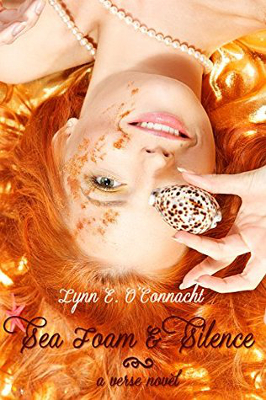 First Published: 9th June, 2016
First Published: 9th June, 2016 First Published: 2nd May, 2017
First Published: 2nd May, 2017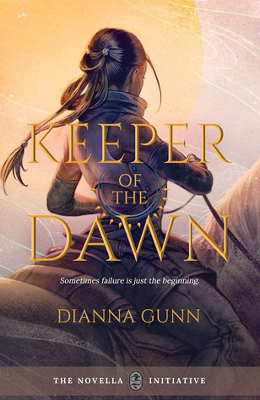 First Published: 18th April, 2017
First Published: 18th April, 2017 Full Title: Rainbow Bakes: 40 Show-Stopping Sweet Treats
Full Title: Rainbow Bakes: 40 Show-Stopping Sweet Treats
